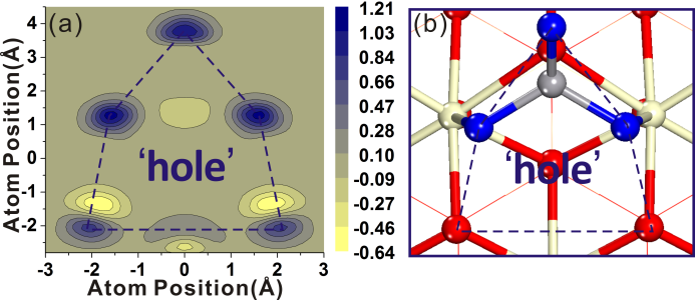Alwin Mittasch remarked early in the 20th century that “chemistry without catalysis would be like a sword without hilt, like a bell without ringing….” Today, catalysts play a vital role in providing society with fuels, commodity and fine chemicals, pharmaceuticals, polymers, and means for protecting the environment and life processes. Our research interests are primarily associated with Catalysis Concept in life science, physical chemistry, materials chemistry and their practical importance in the development of energy-efficient, environment-protecting, and healthcare systems. A long-time challenge in this field is how to conduct fast and precise catalyst discovery with rational design, which if successful could have profound economic and environmental impacts. There are three major directions in this group:
1) Activation and selective oxidation of light alkanes--Adding value to abundant and cheaper feeds: Making most of our fuels and chemicals from fossil hydrocarbons is unsustainable. However, until costeffective renewable sources are developed, natural gas could provide a secure economical alternative to petroleum. The oxidative coupling of methane (OCM) to C2 hydrocarbons (C2H4, C2H6) represents an attractive, yet challenging way to monetize natural gas–provided the reaction can be made to work economically with attractive conversions and yields.We have been creating a new intelligent platform methodology that can significantly accelerate the discovery of solid OCM catalysts based on ink-jet printing (IJP) technology and group-testing (GT) strategy (highlighted by NatureChina, "Catalysis:Mix and Print"). Nano Letter 2012, Chem Commun 2014, ACS Catal 2016, ACS Comb Sci 2017


2) Enzymatic catalysis for life-protecting technology: Advance in material science, nanotechnology and biological science have lead to great development in the understanding bio-physicochemical interactions at the nano-bio interface. The nanomaterials’ surface is quickly covered by a protein corona after entering into the biological fluid. The surface structure, surface group, exposure time and biological fluid were all reported to affect the protein corona formation. It is generally accepted that the protein corona is interacting with the biological systems and thereby constitutes a major element of the biological identity of the materials. However, the understanding of the full linkage of the enzyme in the protein corona to the biologic effect is still a great challenge because of the complexity of biological system. To date, there is limited research about the correlation between the enzyme in the protein corona and its cell response to life process. Moreover, how relationship between the surface structure of the nanomaterials and the biofunction of the enzymes remains to be demonstrated. In our group, our discovery of Ca2+ mediation of the thrombin activity in the protein corona of zeolite surface reveals a new strategy for understanding the relationships between the biological impacts and functional proteins in the protein corona, and suggests a new generation of bio-inorganic hemostic agent for stabilizing life-threatening injuries. Nano Research 2014; Nature Communications 2019


3) Heterogeneous catalysis for fine chemicals--Sustainable processes: Selective oxidation of alcohols to aldehydes/ketone is one of the most common organic transformations and is of fundamental importance for laboratory and commercial processes. Currently, aldehyde/ketone is produced through stoichiometric oxidation by manganese and chromium salts or by liquid-phase chlorination and oxidation. In the wake of increasing concern about the environment, alcohol-to-aldehyde transformation should preferably be accomplished by using a highly selective and recyclable “green” catalyst that is able to use molecular oxygen as the oxidant. Several noble metal (Pt, Au, AuPd, AuNi, AuRu) and non-noble metal catalysts (mesoporous K-Cu(I)-TiO2, CeO2, VO3-CeO2) have been developed for the high-yielding alcohol oxidative dehydrogention. Based on the combined experimental and theoretical investigations of alcohol chemisorption on these nanocatalysts, we identified their active sites and rationally design new catalysts with excellent space time yield of selective oxidation products and exceptional on-stream lifetime. JACS 2009, JACS 2010, JACS 2012, JACS 2017, ACS Catal 2017








